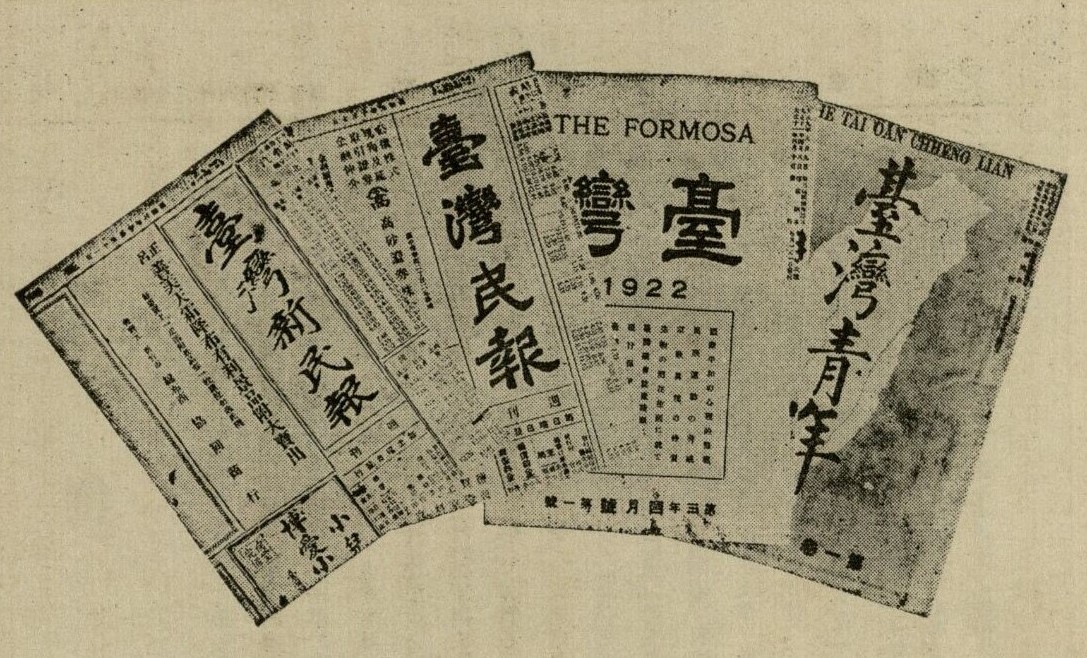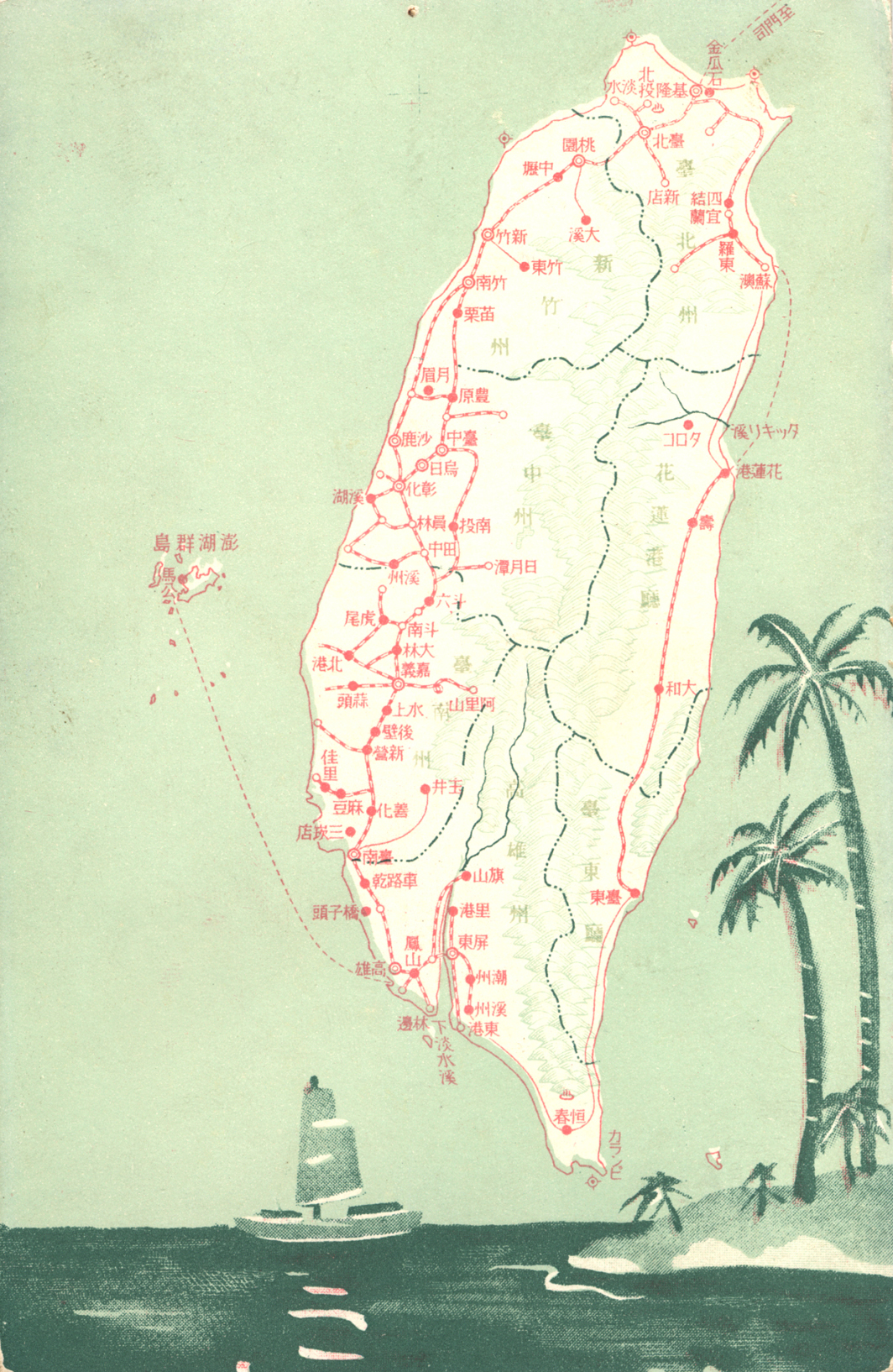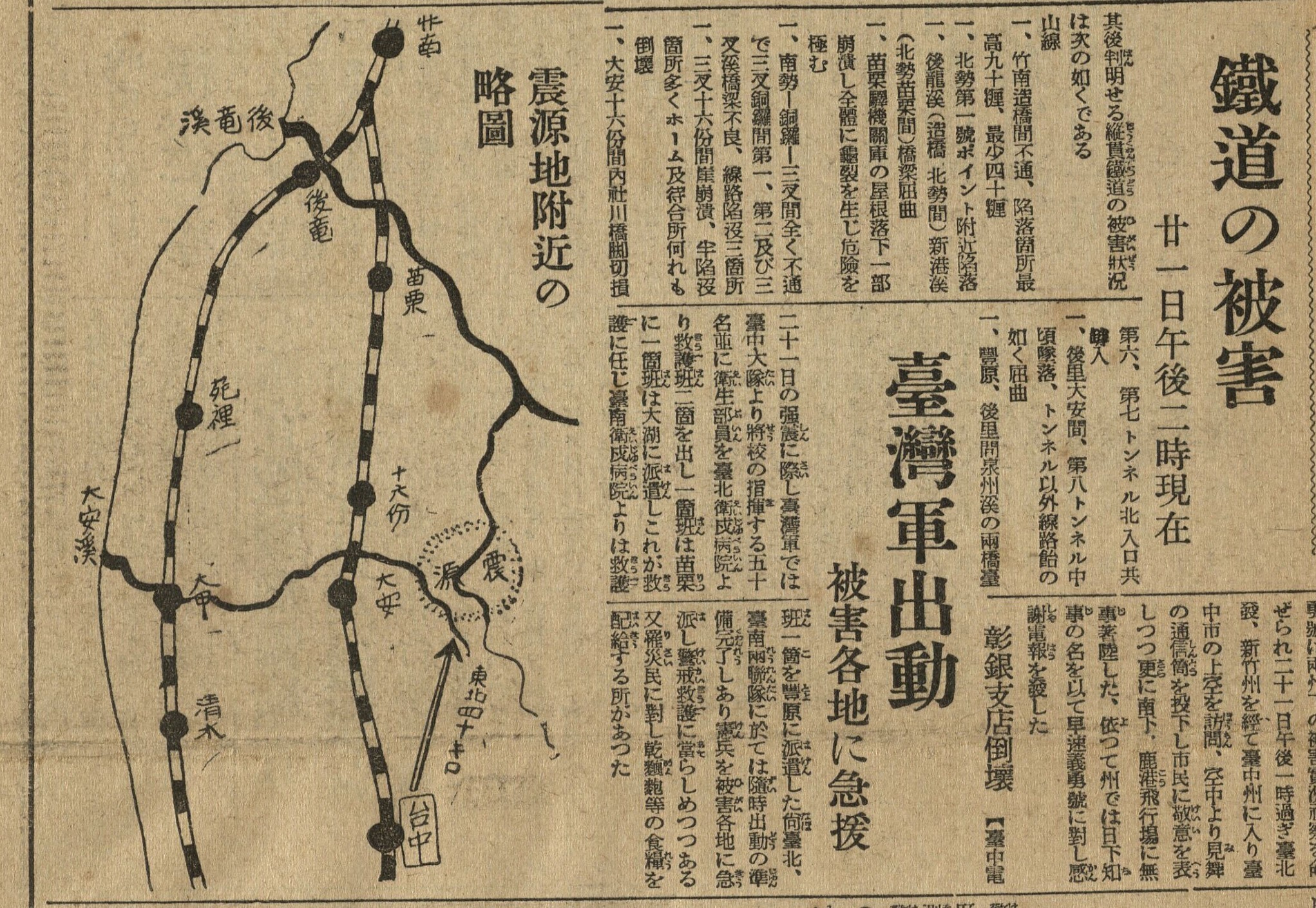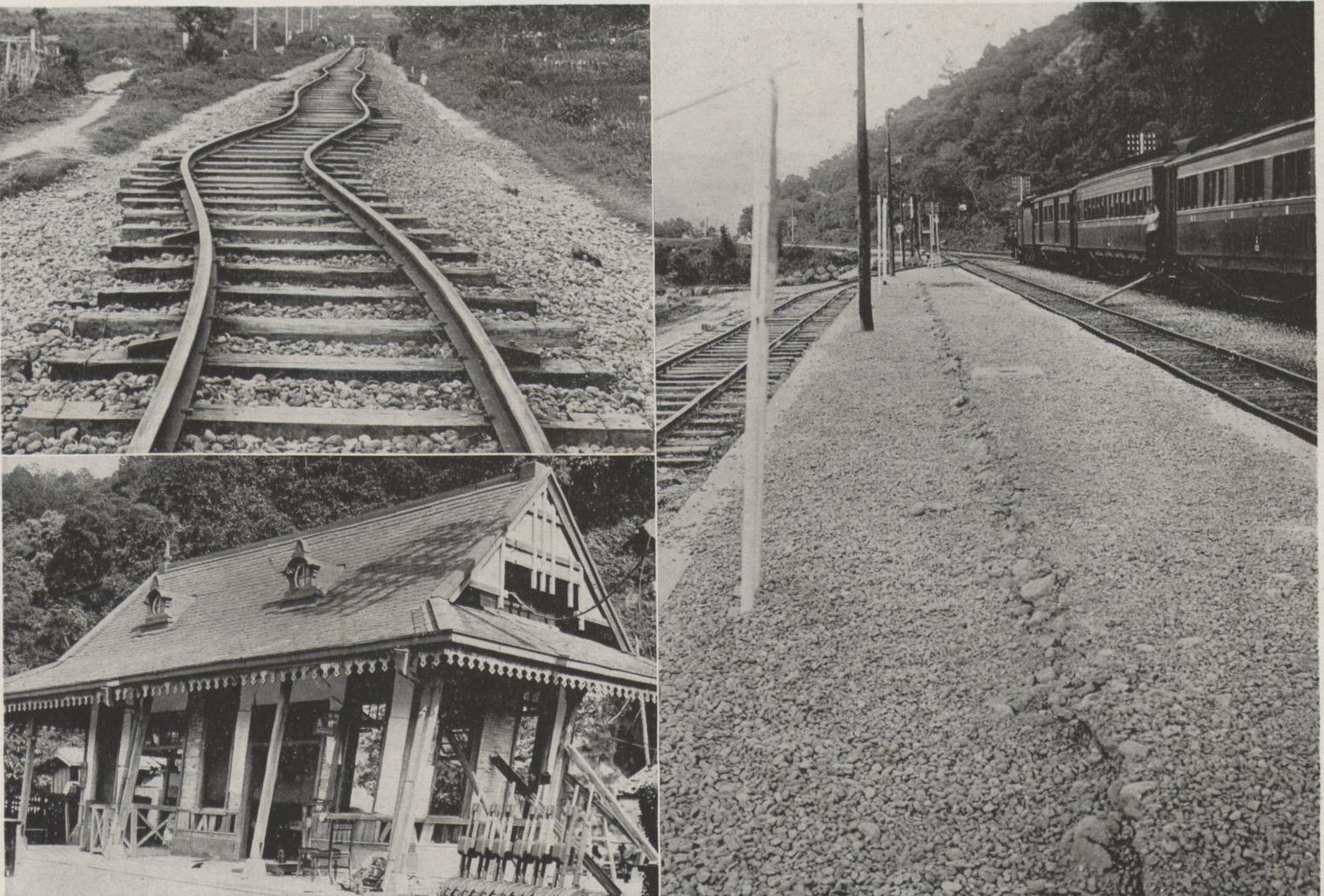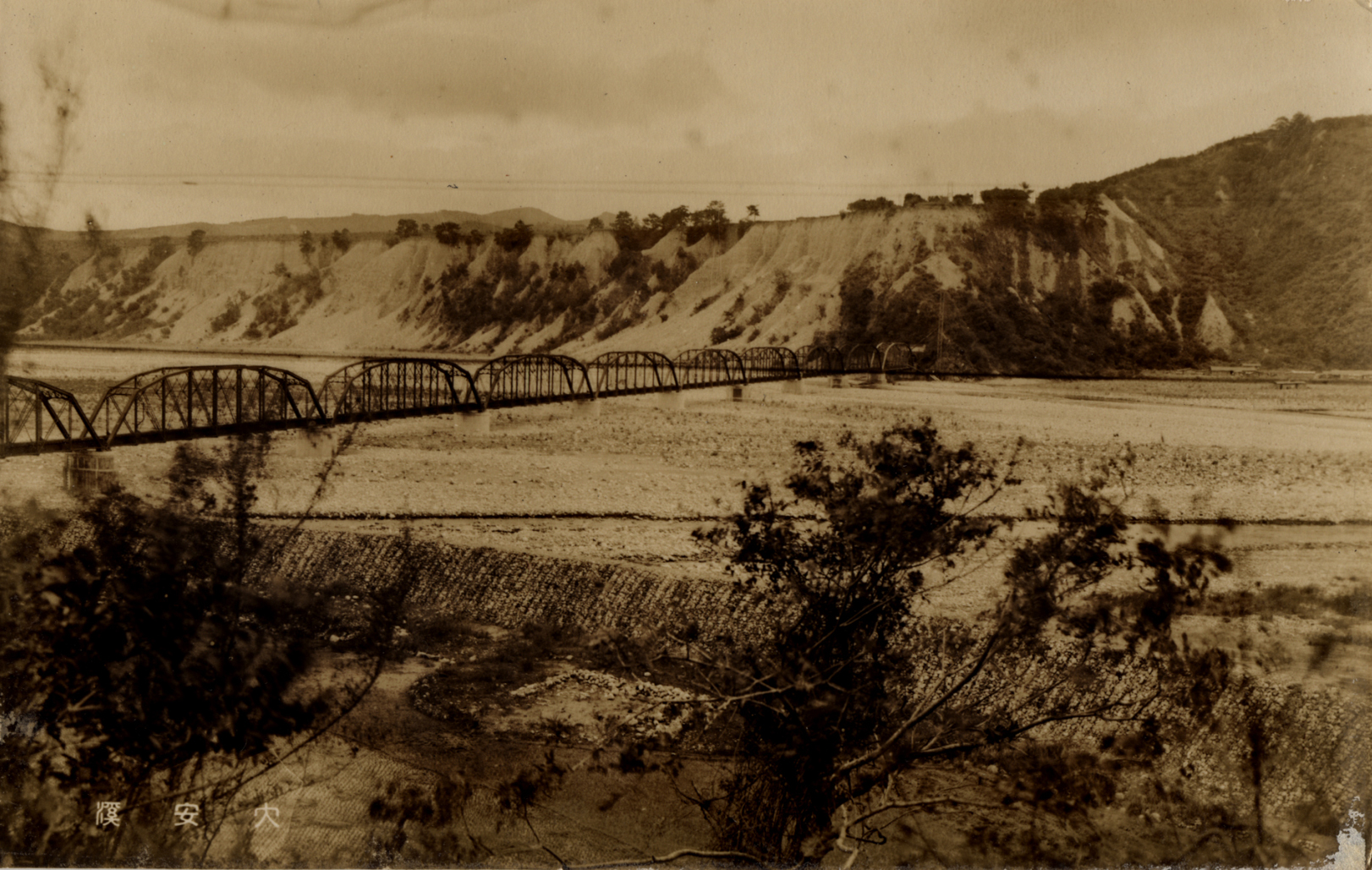|
1. Suspension of the Taichung Line (Mountain Line) The earthquake caused damage to the railways, bridges, and tunnels of both the North-South Trunk Line and the Taichung Line, resulting in the suspension of train services. This disruption severely impacted travel between northern and southern Taiwan, affecting local residents significantly. It wasn't until 1938 that the Taichung Line resumed operations officially. The North-South Trunk Line spans over 400 kilometers from Keelung to Kaohsiung, with the section most affected by the 1935 earthquake primarily between Hsinchu and Changhua, covering approximately 110 kilometers. After the earthquake, both the Taichung Line (Mountain Line) between Zhunan and Fengyuan, and the Coastal Line between Zhunan and Qingshui, were disrupted, causing unprecedented chaos.
Figure 21 Taiwan Transport Route Map
Figure 22 Railway Disaster Report in Taiwan Shinminpo
The earthquake caused severe damage along the Taichung Line, with tunnels collapsing and cracking, bridges sinking, shifting, and being damaged, and tracks sinking, cracking, subsiding, and bending. In total, more than 50 structures collapsed. When Railway Minister Watabe Keinosuke visited for inspection, he found tunnels closed due to collapses, tracks bent into "ㄑ" shapes, and embankments sunken, leaving tracks hanging like suspended iron wires, bearing witness to the terrifying power of nature. Lin Hsien-tang's diary entry, written over two months after the earthquake, describes the severe impact on transportation from south to north: "Since the earthquake on April 21, the tunnels on the mountain line have collapsed, and repairs are still ongoing. Recently, continuous rain has caused swift currents, and the iron bridge over the Dajia River on the coastal line sank several feet. It is unknown when it will be passable. For those wanting to go to Taipei, they must take a train from Taichung to Holi, then change to a car, and then take a train again from Dajia. Transportation has never been so difficult..."
Figure 23 Damage at Da'an Station (now Taian Station)
Figure 24 June 19, 1935, The Diary of Lin Lin Hsien-tang
Figure 25 Completed in 1938, the Da'an River Bridge.
Source: Da'an River, Michael H. Finnegan Collection (T0203), Digital Collection of Archives of Institute of Taiwan History, Academia Sinica.
Figure 26 Completed Repairs of Tunnels, View from the Third Tunnel to the Fourth through Seventh Tunnels.
Source: View from the Third Tunnel to the Fourth through Seventh Tunnels, Michael H. Finnegan Collection (T0203), Digital Collection of Archives of Institute of Taiwan History, Academia Sinica. |
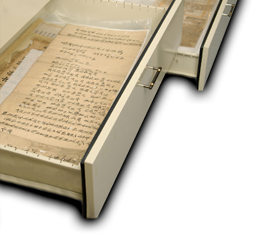 |


